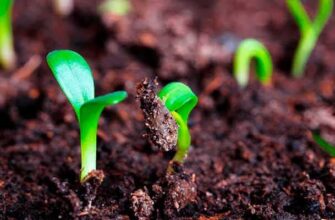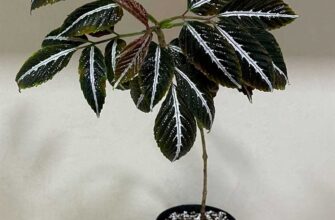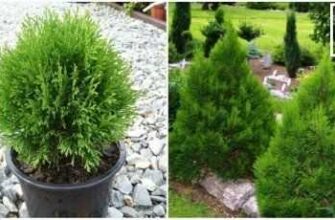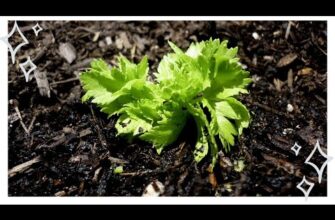- Что делать с вытянутой рассадой циннии?
- 1. Причина и корректировка освещения
- 2. Правильный режим полива
- 3. Дополнительная поддержка для растений
- Причины вытягивания рассады циннии
- Как предотвратить вытягивание рассады циннии?
- Выбор правильного освещения для рассады циннии
- Как правильно поливать рассаду циннии
- Правильное удобрение рассады циннии
- 1. Выбор правильного удобрения
- 2. Разумное применение удобрений
- 3. Регулярное удобрение
- Подходящая температура для рассады циннии
- Правильная посадка рассады циннии в грунт
- Как пересадить вытянутую рассаду циннии
- Как обрезать вытянутую рассаду циннии
- Как предотвратить повреждение корней при пересадке рассады циннии
- Дополнительные советы и рекомендации по спасению вытянутой рассады циннии
- 1. Поддерживайте оптимальные условия освещения
- 2. Контролируйте температуру и влажность
- 3. Не забывайте о регулярном поливе
- 4. Подкармливайте рассаду
- Вопрос-ответ:
- Почему рассада циннии может вытягиваться?
- Как понять, что рассада циннии вытянута?
- Как можно спасти вытянутую рассаду циннии?
- Что делать, если рассада циннии уже очень вытянута и слабая?
- Какие еще советы можно дать по спасению вытянутой рассады циннии?
- Видео:
- ❗️МОЖНО ЛИ ПРИ ПИКИРОВКИ ЗАГЛУБЛЯТЬ ДО СЕМЯДОЛЬНЫХ ЛИСТЬЕВ? Циннии, Бархатцы обязательно нужно……
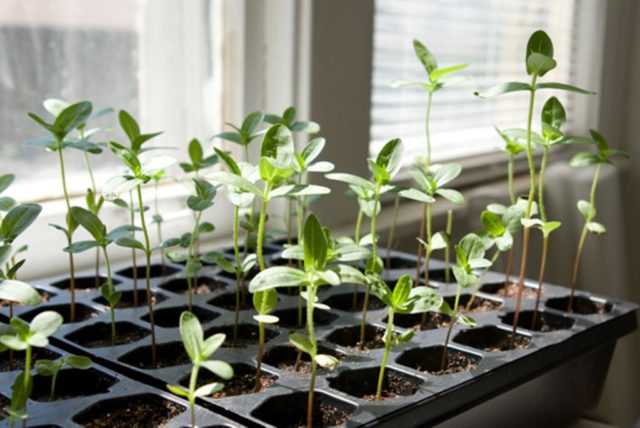
Цинния, или красивая обезьянка, является популярным цветком среди садоводов и цветоводов. Однако, иногда при выращивании рассады циннии возникают проблемы, и она может вытянуться. Что делать в таком случае?
Первым делом, необходимо понять, почему рассада циннии вытянулась. Это может быть вызвано недостатком света или неправильным уходом. Цинния — светолюбивое растение, поэтому она нуждается в ярком солнечном освещении. Если растение растянулось из-за недостатка света, его следует переместить на более освещенное место.
Кроме того, важно помнить о правильном поливе. Цинния предпочитает умеренный полив, поэтому прежде чем поливать рассаду, необходимо проверить влажность грунта. Если грунт слишком сухой, растение может страдать от недостатка влаги и, как следствие, вытягиваться. В этом случае рекомендуется увеличить частоту полива и следить за влажностью грунта.
Однако, если рассада циннии уже вытянулась, есть несколько способов ее спасти. Первым шагом будет укрепление растения. Для этого можно использовать подпорку или шпалеру, чтобы представить растению опору и помочь ему вернуться в вертикальное положение. Также рекомендуется обрезать верхушку растения, чтобы стимулировать его боковые побеги и придать компактность.
Необходимо помнить, что спасение вытянутой рассады циннии требует терпения и внимания. Важно предоставить растению оптимальные условия для восстановления и не допустить повторения ошибок в уходе. Следуя этим советам, вы сможете спасти свою рассаду циннии и наслаждаться ее красотой в саду или на окне вашего дома.
Что делать с вытянутой рассадой циннии?
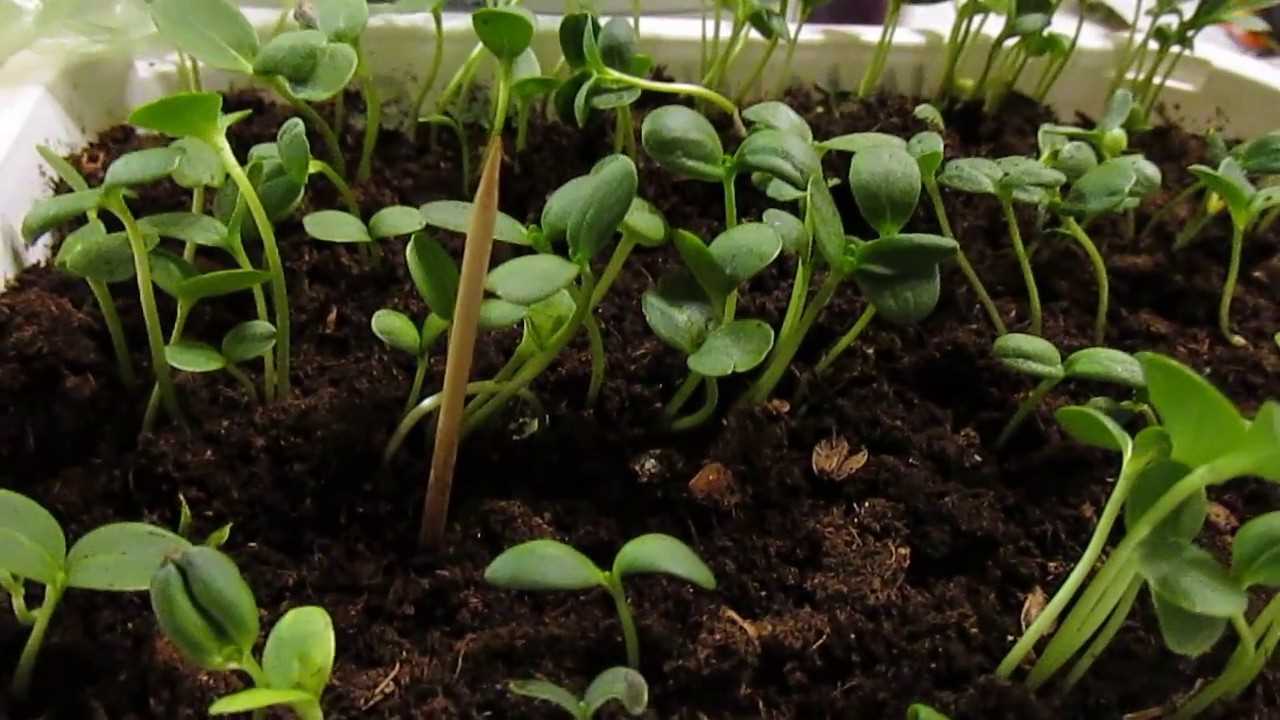
Когда рассада циннии вытянулась, это может стать проблемой для ее дальнейшего развития. Чтобы исправить ситуацию, нужно принять несколько мер.
1. Причина и корректировка освещения
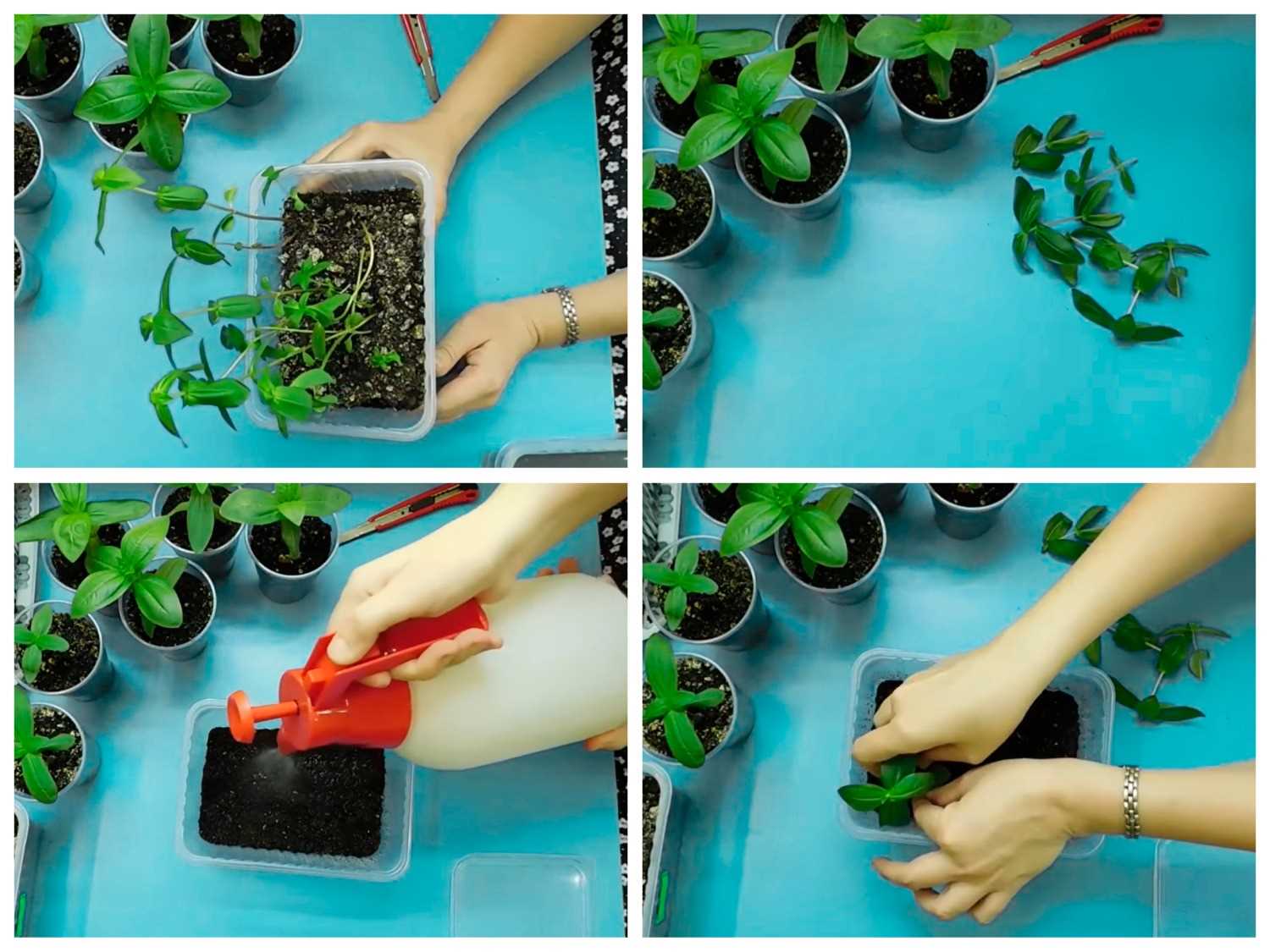
Одной из основных причин вытягивания рассады циннии является недостаток света. Чтобы исправить ситуацию, необходимо обеспечить растения достаточным количеством света. Лучше всего использовать искусственное освещение.
Для этого можно использовать специальные фитолампы или светодиодные лампы с белым или голубым спектром. Также рассаду можно периодически поворачивать, чтобы каждая сторона растения получала равномерное освещение.
2. Правильный режим полива
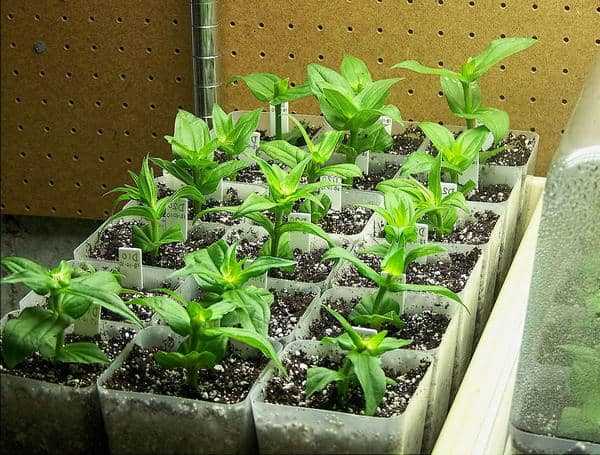
Еще одна причина вытягивания рассады циннии — неправильный режим полива. Чтобы предотвратить это, нужно умеренно поливать растения, избегая переувлажнения почвы.
Лучше всего поливать циннию, когда верхний слой почвы уже подсох, но не до конца. Также рекомендуется использовать поддоны или вместительные горшки с дренажными отверстиями, чтобы избежать застоя влаги.
3. Дополнительная поддержка для растений

Если рассада циннии уже вытянулась, можно попробовать дополнительно поддержать растения. Для этого можно использовать палки или другие опорные конструкции, чтобы предотвратить дальнейшее искривление стеблей.
Также можно обрезать верхушки вытянутых растений, чтобы стимулировать их разветвление и укрепить стебли. Однако при этом необходимо быть осторожным, чтобы не повредить растения.
Причины вытягивания рассады циннии
Рассада циннии — это начальный этап в выращивании этого растения, когда семена сеются и выращиваются в контролируемых условиях. Вытягивание рассады циннии может быть вызвано несколькими факторами, и важно знать, что делать, чтобы предотвратить эту проблему.
- Недостаток света. Цинния является светолюбивым растением, и если она получает недостаточное количество света, то рассада может вытягиваться в поисках источника освещения. Для предотвращения этого, следует разместить рассаду циннии в ярком месте или использовать дополнительное искусственное освещение.
- Перегревание почвы. Цинния предпочитает умеренно теплую почву, и если она перегревается, это может вызвать вытягивание рассады. Для предотвращения этого, нужно контролировать температуру почвы, обеспечивая хорошую вентиляцию и избегая попадания солнечных лучей прямо на горшок с рассадой циннии.
- Переутомление растения. Если рассада циннии перерастает свою контейнерную емкость, корни становятся переплетенными и не могут нормально развиваться. В результате растение начинает вытягиваться в поисках питательных веществ. Чтобы предотвратить это, следует пересаживать рассаду циннии в более просторные горшки по мере ее роста.
Как предотвратить вытягивание рассады циннии?
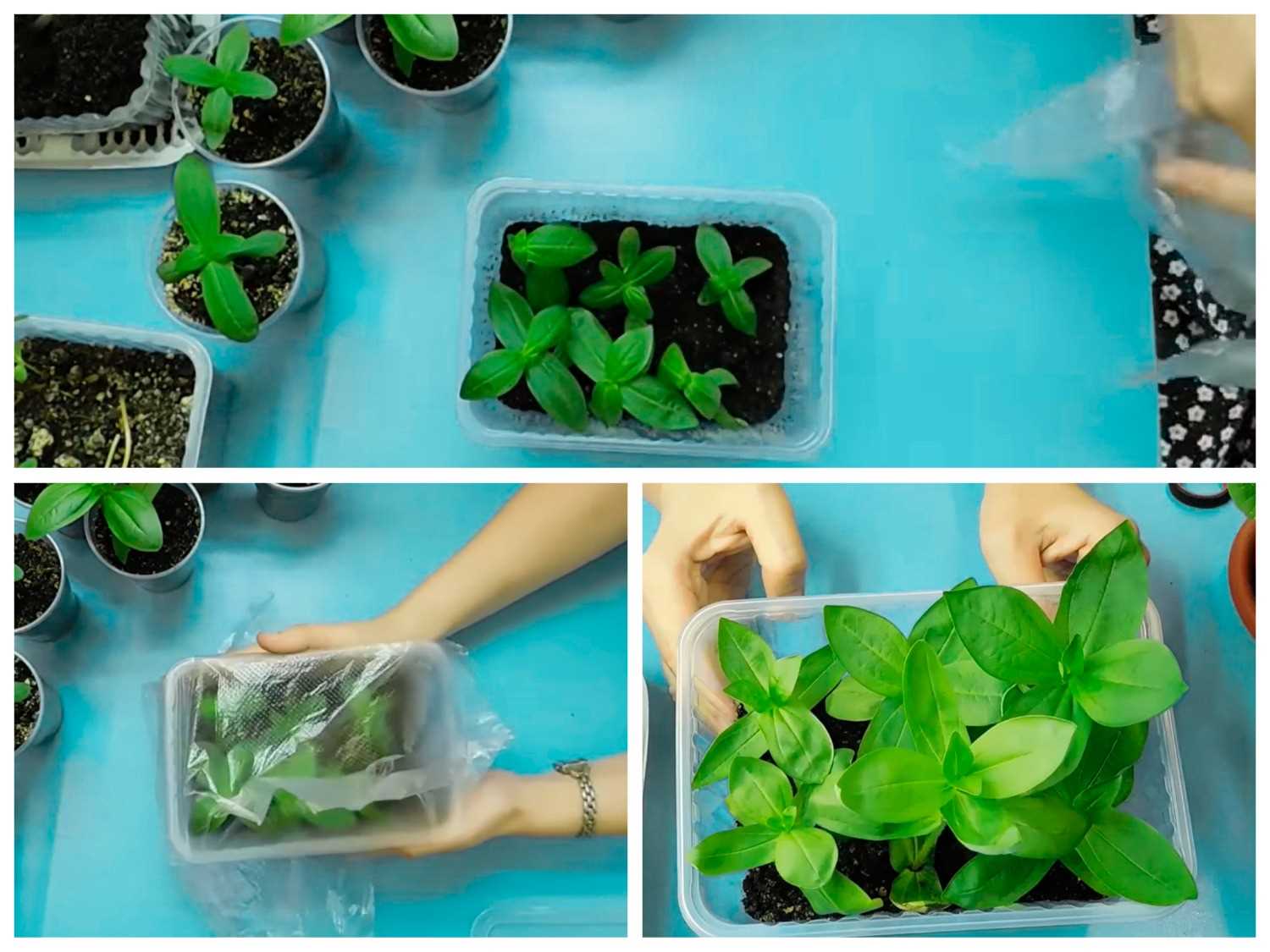
1. Подбирать правильное освещение: Цинния — светолюбивое растение, поэтому ему необходимо обеспечить достаточное количество света. Если вытянулась рассада, то необходимо проверить, достаточно ли яркости света для растения. В таком случае можно использовать специальные фитолампы или установить рассаду на светлое окно.
2. Соблюдать оптимальную температуру: Цинния предпочитает умеренно теплый климат. Если температура слишком высокая, рассада может начать вытягиваться. Чтобы предотвратить это, рекомендуется поддерживать температуру в пределах 20-25 градусов Цельсия.
3. Вовремя пересаживать рассаду: Если рассада циннии вытянулась, возможно, дело в недостатке питательных веществ в почве. Поэтому рекомендуется пересаживать рассаду в более питательный грунт, который содержит достаточное количество органических и минеральных веществ.
4. Обеспечивать рассаде достаточное количество влаги: Цинния требует регулярного полива, особенно в период активного роста. Если рассада вытянулась, возможно, она испытывает недостаток влаги. Чтобы предотвратить это, необходимо соблюдать умеренный режим полива, чтобы почва была влажной, но не перенасыщенной влагой.
5. Проветривать помещение: Цинния нуждается в свежем воздухе для нормального развития. Поэтому рекомендуется регулярно проветривать помещение, в котором находится рассада. Это поможет предотвратить вытягивание растений и способствовать их здоровому росту и развитию.
Выбор правильного освещения для рассады циннии
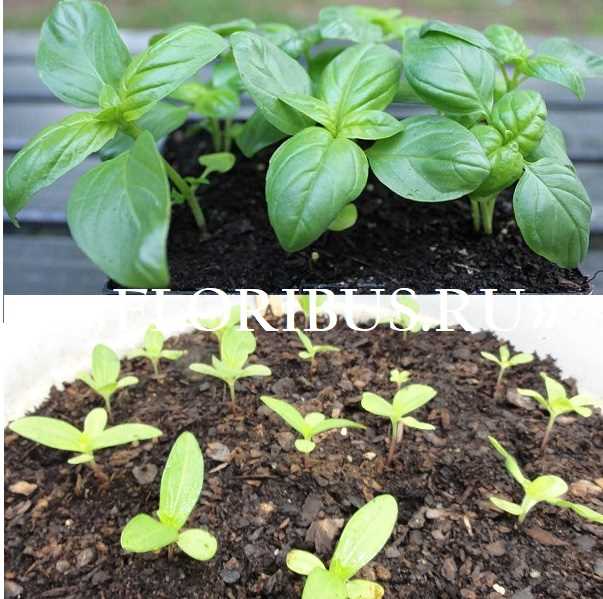
Освещение играет важную роль в развитии рассады циннии. Если ваша рассада циннии вытянулась, возможно, это связано с недостатком света. Чтобы избежать этой проблемы, необходимо выбрать правильное освещение для вашей рассады.
1. Натуральный свет: Лучшим источником света для рассады циннии является натуральное солнечное освещение. Расположите горшки с рассадой на южном или восточном окне, чтобы обеспечить им максимальное количество света. Однако, если у вас нет возможности разместить рассаду у окна, можно использовать и другие источники света.
2. Искусственное освещение: Если натурального света недостаточно или отсутствует, можно использовать искусственное освещение. Для рассады циннии подходят специальные фитолампы или люминесцентные лампы с цветовой температурой около 6500К. Расположите лампы над рассадой на высоте около 10-15 см от верхушек растений.
3. Длительность освещения: Рассаду циннии рекомендуется освещать в течение 12-14 часов в сутки. Если вы используете искусственное освещение, поддерживайте постоянный режим освещения и не забывайте о периодах покоя для растений.
Выбрав правильное освещение для рассады циннии и следуя рекомендациям по его использованию, вы сможете предотвратить вытягивание рассады и обеспечить ее правильное развитие.
Как правильно поливать рассаду циннии
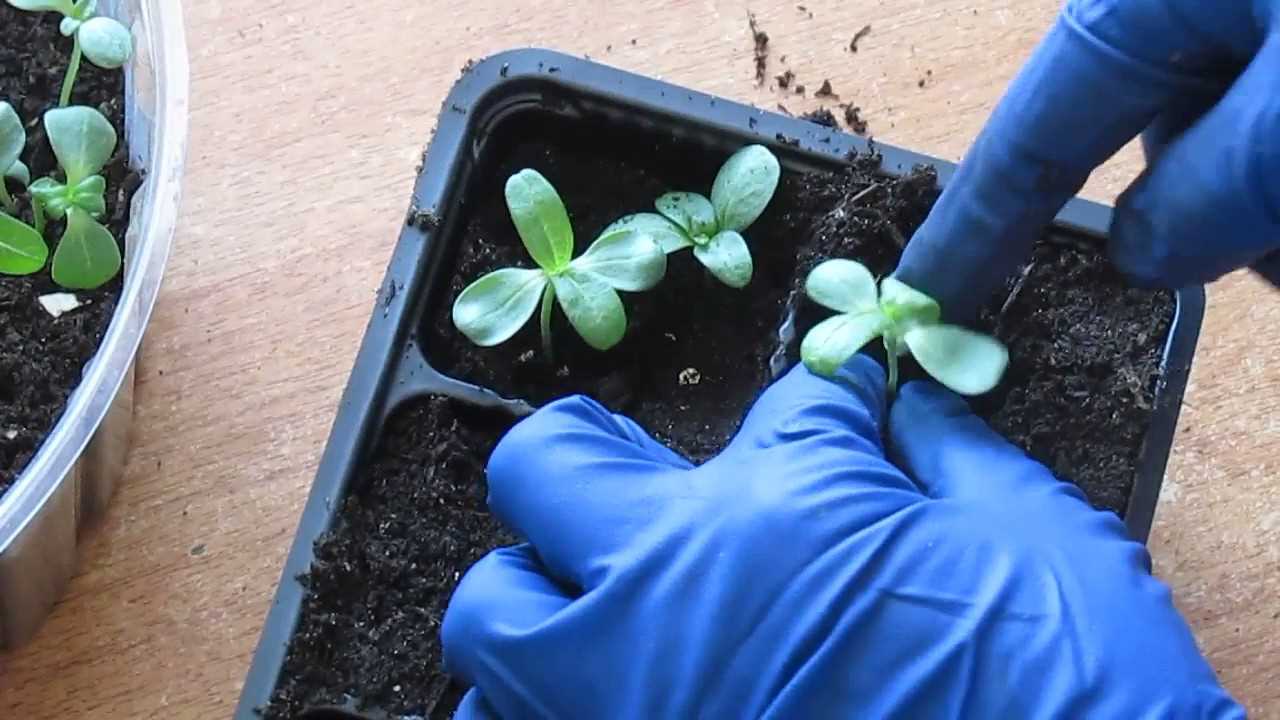
Когда рассада циннии вытянулась, необходимо правильно ухаживать за ней, включая регулярное поливание.
Что делать:
- Поливайте рассаду циннии умеренно, чтобы не создавать избыточную влажность, которая может привести к гниению корней.
- Поливайте рассаду циннии только тогда, когда верхний слой грунта уже хорошо просох.
- Используйте струйку или распылитель для полива, чтобы равномерно распределить влагу по грунту и не повредить нежные побеги.
- Обратите внимание на состояние грунта: он должен быть влажным, но не залитым водой. Если вода скапливается в лотке или поддоне, нужно удалить ее.
Правильное поливание поможет рассаде циннии восстановиться и стать более здоровой и крепкой.
Правильное удобрение рассады циннии
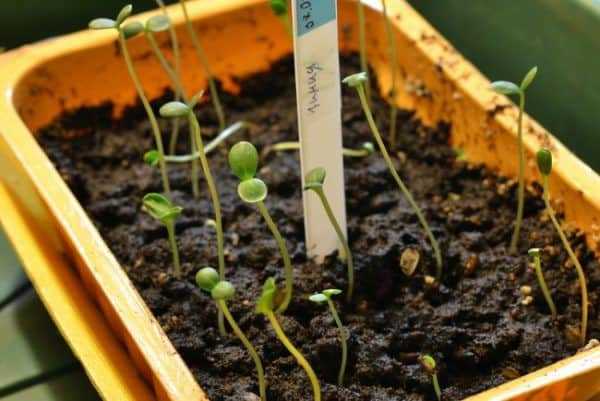
Если рассада циннии вытянулась и нуждается в спасении, правильное удобрение может играть важную роль в восстановлении ее здоровья и силы. Рассмотрим несколько важных моментов, которые следует учесть при удобрении рассады циннии.
1. Выбор правильного удобрения
Для восстановления вытянутой рассады циннии рекомендуется использовать удобрение, богатое азотом. Азот поможет стимулировать рост новых листьев и укрепить растение. Жидкие комплексные удобрения или органические удобрения, такие как перегноя или компост, могут быть хорошим выбором.
2. Разумное применение удобрений
При удобрении рассады циннии следует соблюдать разумные дозировки. Избыток удобрений может негативно повлиять на здоровье растения и привести к образованию ослабленной рассады. Поэтому рекомендуется следовать указаниям на упаковке удобрений и применять их в соответствии с рекомендуемой дозировкой.
3. Регулярное удобрение

Рассаде циннии необходимо регулярное удобрение для поддержания ее здоровья и силы. Рекомендуется удобрять рассаду каждые 2-3 недели в течение всего периода выращивания. Это поможет растению получить все необходимые питательные вещества для нормального роста и развития.
Так стоп!!! Вы всё ещё не подписаны на наши каналы в Телеграмм и Дзен? Посмотрите: ТГ - (@historyfantasydetectivechat) и Дзен (https://dzen.ru/myshortsstorys)
Подходящая температура для рассады циннии
Цинния — популярное растение для выращивания на рассаду. Однако, часто случается так, что рассада циннии вытягивается и становится слабой. Что делать в этой ситуации? Одним из ключевых факторов, который влияет на здоровье рассады циннии, является температура.
Для успешного развития рассады циннии важно обеспечить оптимальную температуру. Идеальная температура для выращивания рассады циннии составляет около 20-25 градусов Цельсия. При такой температуре растение получает достаточное количество тепла, чтобы активно расти и развиваться, но не перегревается, что может привести к вытягиванию стеблей.
Если рассада циннии вытянулась, то это может быть признаком недостатка тепла. В таком случае, принятие мер по поддержанию оптимальной температуры может помочь спасти рассаду. Рекомендуется установить теплицу или использовать дополнительное освещение для поддержания необходимой температуры.
Важно помнить, что рассада циннии является довольно нежной и требует бережного отношения. Правильная температура играет важную роль в формировании здоровой и крепкой рассады, поэтому следует обратить особое внимание на этот аспект выращивания циннии.
Правильная посадка рассады циннии в грунт
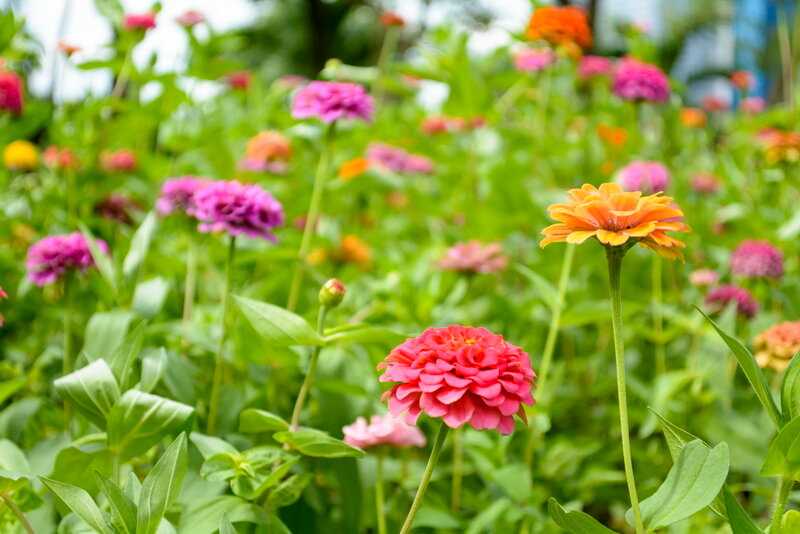
Цинния — красивое и популярное растение с яркими цветами. Однако, если рассада циннии вытянулась, это может негативно сказаться на ее развитии. Чтобы спасти вытянутую рассаду циннии и обеспечить ей правильное развитие, необходимо правильно посадить ее в грунт.
Прежде всего, необходимо выбрать подходящее место для посадки рассады циннии. Оно должно быть хорошо освещено, но защищено от прямых солнечных лучей. Также важно учесть, что цинния предпочитает плодородные почвы с хорошей дренажной способностью.
Перед посадкой рассады циннии в грунт, необходимо подготовить почву. Она должна быть рыхлой, с хорошей влагоудерживающей способностью. Для этого можно добавить в почву перегной или компост. Также стоит уделить внимание удобрениям, которые помогут рассаде быстрее прижиться и активно расти.
После подготовки почвы, можно приступать к самой посадке рассады циннии. Необходимо сделать небольшие ямки в почве, глубиной примерно в 2 раза больше размера корня рассады. Перед посадкой рассады, рекомендуется обрезать ее корни на 1/3, чтобы стимулировать их рост.
После посадки рассады циннии в ямки, необходимо хорошо залить почву. Это поможет рассаде лучше прижиться и начать активное развитие. После посадки стоит укрыть рассаду циннии от прямых солнечных лучей и предоставить ей достаточно влаги.
Как пересадить вытянутую рассаду циннии
Когда рассада циннии вытянулась, необходимо принять меры по спасению и пересадке. Ведь вытянутая рассада может быть слабой и неустойчивой, что может негативно сказаться на здоровье растения.
Перед пересадкой вытянутой рассады циннии, следует подготовить горшок с питательной почвой. Рассаду нужно аккуратно вынуть из старого горшка, старая почва должна быть удалена. При этом следует быть осторожным, чтобы не повредить корни растения.
Вытянутую рассаду циннии можно немного подрезать, чтобы укоротить длинные побеги. Это поможет растению приобрести более компактную форму. Однако, следует помнить, что такие меры не всегда дают положительный результат и могут привести к стрессу для растения.
После пересадки следует обеспечить рассаде циннии оптимальные условия для развития. Растение нуждается в ярком, но рассеянном свете, умеренном поливе и регулярном подкормке. Также следует обеспечить циннии достаточную влажность воздуха.
Как обрезать вытянутую рассаду циннии
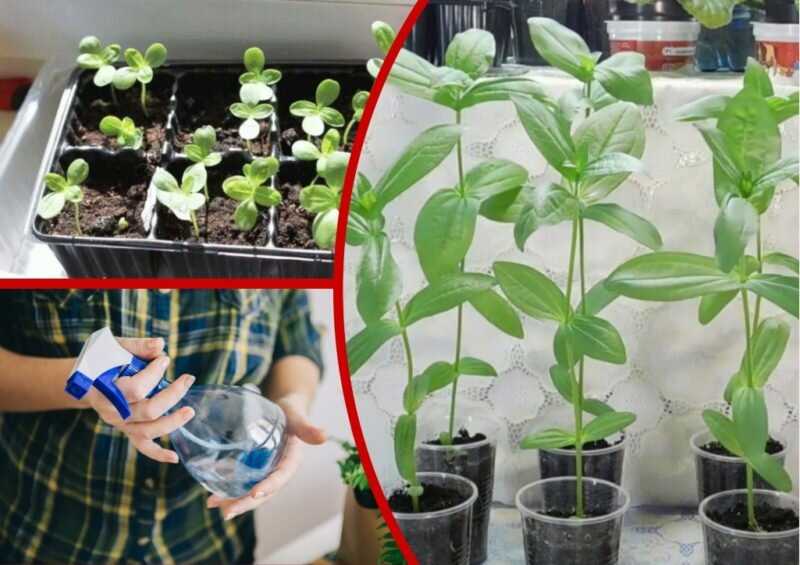
Когда рассада циннии вытянулась, это может быть вызвано несколькими факторами. Одной из причин может быть недостаток света. Если растение получает недостаточное количество света, оно начинает стремиться к нему и растягивается в поисках большей освещенности. Также, неправильный режим полива может стимулировать растяжение рассады. Чрезмерное количество воды приводит к быстрому росту, но слабости и растяжению стеблей.
Чтобы спасти вытянутую рассаду циннии, необходимо прибегнуть к обрезке. Это поможет укрепить растение и стимулировать его дальнейший рост. Перед обрезкой следует убедиться, что рассада достаточно зрела для этого процесса. Обычно это происходит, когда у растения появляются 2-3 настоящих листа.
Определите место, где рассада вытянулась, и аккуратно обрежьте верхушку растения. Оставьте примерно 2-3 сантиметра стебля. После обрезки можно провести процедуру пикировки, чтобы укоренить обрезанные стебли и получить новые растения. Для этого стебли можно посадить в грунт или в воду с добавлением ростового стимулятора.
После обрезки рассаду циннии следует дополнительно ухаживать. Обеспечьте растение достаточным количеством света, но избегайте прямых солнечных лучей, чтобы избежать ожогов на листьях. Регулируйте режим полива, поддерживая постоянную влажность почвы, но избегая его переувлажнения. Внимательно следите за растением и своевременно удаляйте поврежденные или больные части. Таким образом, вы сможете спасти вытянутую рассаду циннии и восстановить ее здоровье и красоту.
Как предотвратить повреждение корней при пересадке рассады циннии
Пересадка вытянутой рассады циннии может быть непростой задачей, особенно если корни уже повреждены. Чтобы предотвратить дальнейшее повреждение корневой системы растения, следует учитывать несколько важных моментов.
1. Правильная подготовка почвы: Перед пересадкой рассады циннии необходимо приготовить питательный субстрат. Он должен быть легким и воздушным, чтобы обеспечить хорошую циркуляцию воздуха и влаги. Для этого можно использовать смесь из перегноя, песка и торфа.
2. Осторожное извлечение рассады из контейнера: При извлечении рассады из контейнера необходимо быть очень осторожным, чтобы не повредить корни. Лучше всего сделать это с помощью маленькой лопатки или палочки, аккуратно вынув растение из горшка вместе с комом земли.
3. Пересадка в новый горшок: При пересадке рассады циннии в новый горшок следует использовать достаточно большой горшок, чтобы предоставить растению достаточно места для роста. Не забудьте добавить в горшок дренажный слой из керамзита или гальки, чтобы избежать застоя влаги и гниения корней.
4. Полив после пересадки: После пересадки рассады циннии необходимо обильно полить растение. Это поможет укрепить корневую систему и способствует быстрому восстановлению растения. Однако не стоит переусердствовать с поливом, чтобы не создать излишнюю влажность, которая может быть вредна для корней.
Следуя этим рекомендациям, вы сможете предотвратить повреждение корней при пересадке вытянутой рассады циннии и помочь растению успешно прижиться и развиваться в новых условиях.
Дополнительные советы и рекомендации по спасению вытянутой рассады циннии
Цинния — красивое и нежное растение, которое может вытягиваться при неправильном уходе. Что делать, если ваша рассада циннии уже вытянулась? Вот несколько дополнительных советов и рекомендаций, которые помогут вам спасти вашу рассаду.
1. Поддерживайте оптимальные условия освещения
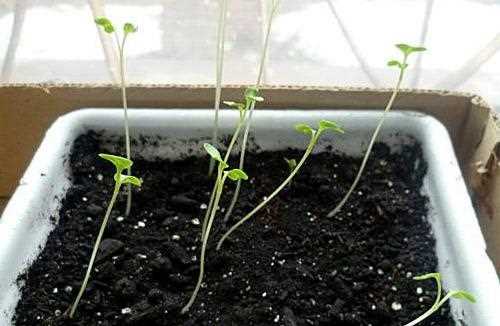
Освещение является одним из ключевых факторов, влияющих на рост и развитие рассады циннии. Чтобы предотвратить ее вытягивание, рассаду необходимо держать в ярком свете. При недостатке света можно использовать дополнительное освещение с помощью фитоламп или ламп накаливания.
2. Контролируйте температуру и влажность

Цинния предпочитает теплую и влажную среду. Поддерживайте оптимальную температуру в помещении и регулярно проветривайте его. Также следите за уровнем влажности воздуха, особенно в зимний период, когда центральное отопление может сушить воздух. Используйте увлажнители воздуха или распылите воду рядом с рассадой.
3. Не забывайте о регулярном поливе
Растение циннии нуждается в регулярном поливе. В период роста рассады поддерживайте постоянную влажность почвы, но не заливайте ее избыточной влагой. Поливайте рассаду только теплой, стоячей водой. При этом старайтесь избегать попадания воды на листья, чтобы не вызывать гниение.
4. Подкармливайте рассаду
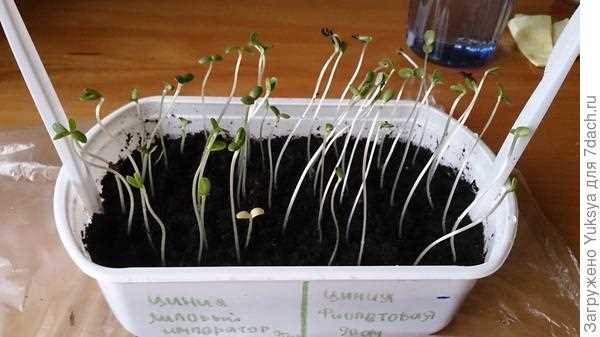
Чтобы помочь рассаде циннии быстрее восстановиться после вытягивания, регулярно подкармливайте ее удобрениями. Выбирайте удобрения, содержащие достаточное количество азота, чтобы стимулировать рост. При этом следуйте инструкции на упаковке и не переусердствуйте с дозировкой, чтобы не перегрузить растение.
Следуя этим дополнительным советам и рекомендациям, вы сможете спасти вытянутую рассаду циннии и вернуть ей здоровый и красивый вид.
Вопрос-ответ:
Почему рассада циннии может вытягиваться?
Рассада циннии может вытягиваться из-за нехватки света. Если растение получает недостаточное количество освещения, оно начинает стремиться расти вверх, чтобы достичь большей яркости.
Как понять, что рассада циннии вытянута?
Вытянутая рассада циннии имеет длинные, тонкие и бледные побеги. Они выглядят нежизнеспособными и слабыми.
Как можно спасти вытянутую рассаду циннии?
Для спасения вытянутой рассады циннии нужно обеспечить ей достаточное количество света. Разместите растение на хорошо освещенном месте или используйте дополнительное искусственное освещение.
Что делать, если рассада циннии уже очень вытянута и слабая?
Если рассада циннии слишком вытянута и слабая, лучше всего высадить ее в открытый грунт или в более просторный горшок. Это поможет растению развить корни и укрепиться.
Какие еще советы можно дать по спасению вытянутой рассады циннии?
Дополнительные советы по спасению вытянутой рассады циннии включают регулярный полив, удобрение и поддержание оптимальной температуры. Важно также избегать переувлажнения почвы и предотвращать появление заболеваний и вредителей.


